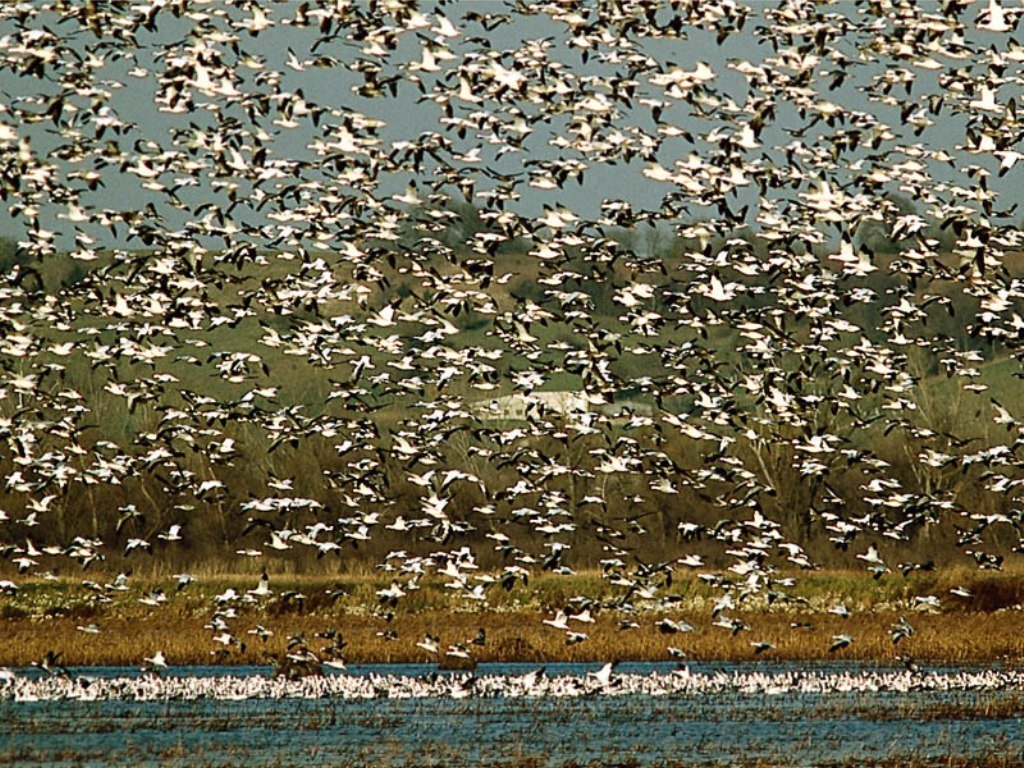Wildlife Leaving the Indus Delta as Natural Habitat Lacks Water
 Indus delta, a famous Ramsar Site, earlier occupied an area of about 600,000 hectors, consisting of creeks, mud flats and mangrove forests that spread from Karachi to Rann of Kutchh, Sindh province. However, presently, the active delta is considered to be less than 10 percent of its original area.
Indus delta, a famous Ramsar Site, earlier occupied an area of about 600,000 hectors, consisting of creeks, mud flats and mangrove forests that spread from Karachi to Rann of Kutchh, Sindh province. However, presently, the active delta is considered to be less than 10 percent of its original area.
The wildlife department, in 1972, declared the deltaic regions of Keti Bunder, Shah Bunder and Cut Manarki Chach as wildlife sanctuaries because of thick forests and natural grazing fields. These areas were also home to millions of indigenous people.
Many species of beautiful birds and animals have since left the Indusdelta because the natural habitat has been destroyed by persistent water shortage. As a result, the forest cover is gone and so are the grazing fields.
The tail-end areas had significance because it linked two zones; River Indus and the coastal area, where both marine and fresh water species inhabited. Apart from this, the delta had thick forests and grazing fields that attracted wildlife species and migratory birds. It was rich in terms of biodiversity. But now, the species are struggling for survival due to the destruction of natural habitats and depletion of mangroves.
Local activists say that the thick mangrove forests used to provide shelter to species of deer, hare, jackal, wolf, wild bore, black and brown partridge. Apart from this, the area also served as an attractive site for the migratory water birds. The delta also contributed to the preservation and conservation of biodiversity, which provided basis for ecological health and economic incentives to the local communities.
 People of a small coastal town of Baghan, Thatta District still remember the beautiful thick forests along the coastal belt in the Indus delta region, where wildlife species thrived in large numbers. They remember the days when deer, hares and black and brown partridges, were commonly found in the area. However, now all the glories of the past have almost faded away.
People of a small coastal town of Baghan, Thatta District still remember the beautiful thick forests along the coastal belt in the Indus delta region, where wildlife species thrived in large numbers. They remember the days when deer, hares and black and brown partridges, were commonly found in the area. However, now all the glories of the past have almost faded away.
The local people tell these stories like fairy tales in a bid to remember the old blissful days and to tell their children how beautiful the place used to be. They tell the younger generation about the different species of birds, animals, fresh and colourful flowers and trees that once comprised the beauty of the region, and how the fate of the deltaic area changed with the passage of time.
Activists have linked the indifference of the concerned government authorities to the widespread destruction of natural habitats as well as depletion of wildlife. Extensive deforestation and human interference in the ecology might be the main cause that led to a marked deterioration in vegetation. This did not only affect the sources of livelihood of local communities, it also has increased poverty and migration of the local communities, they added.
No effective measures have been taken to monitor or assess the current status of wildlife species in the natural mangroves forests. TheIndus delta needs immediate attention regarding rehabilitation of natural habitats and natural resources that provide livelihoods to thousands of community people.